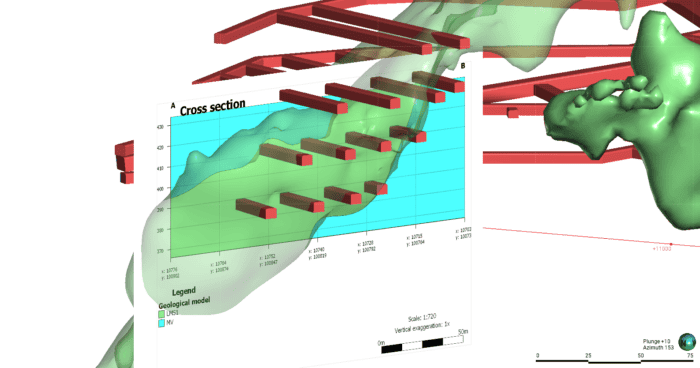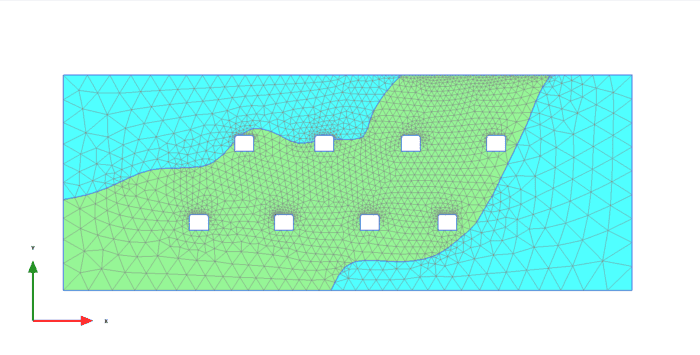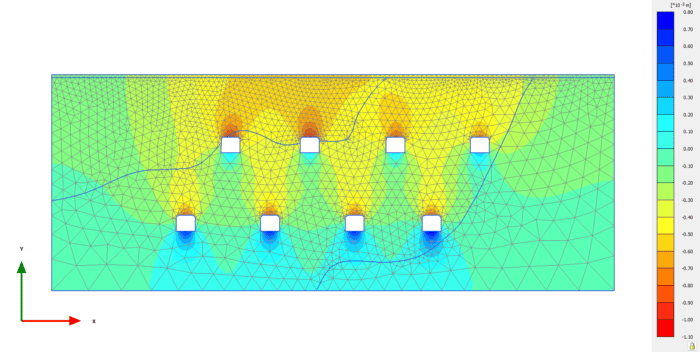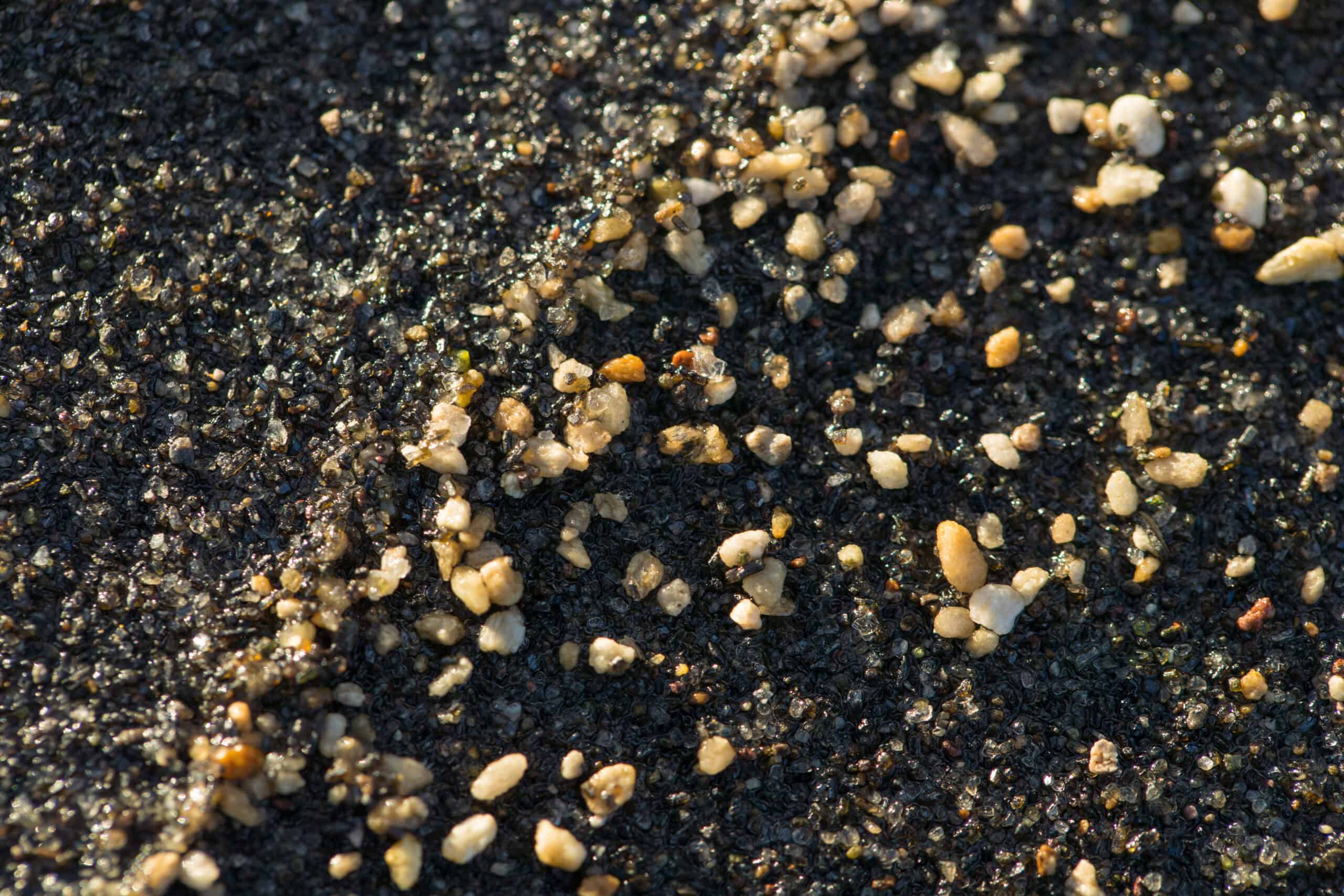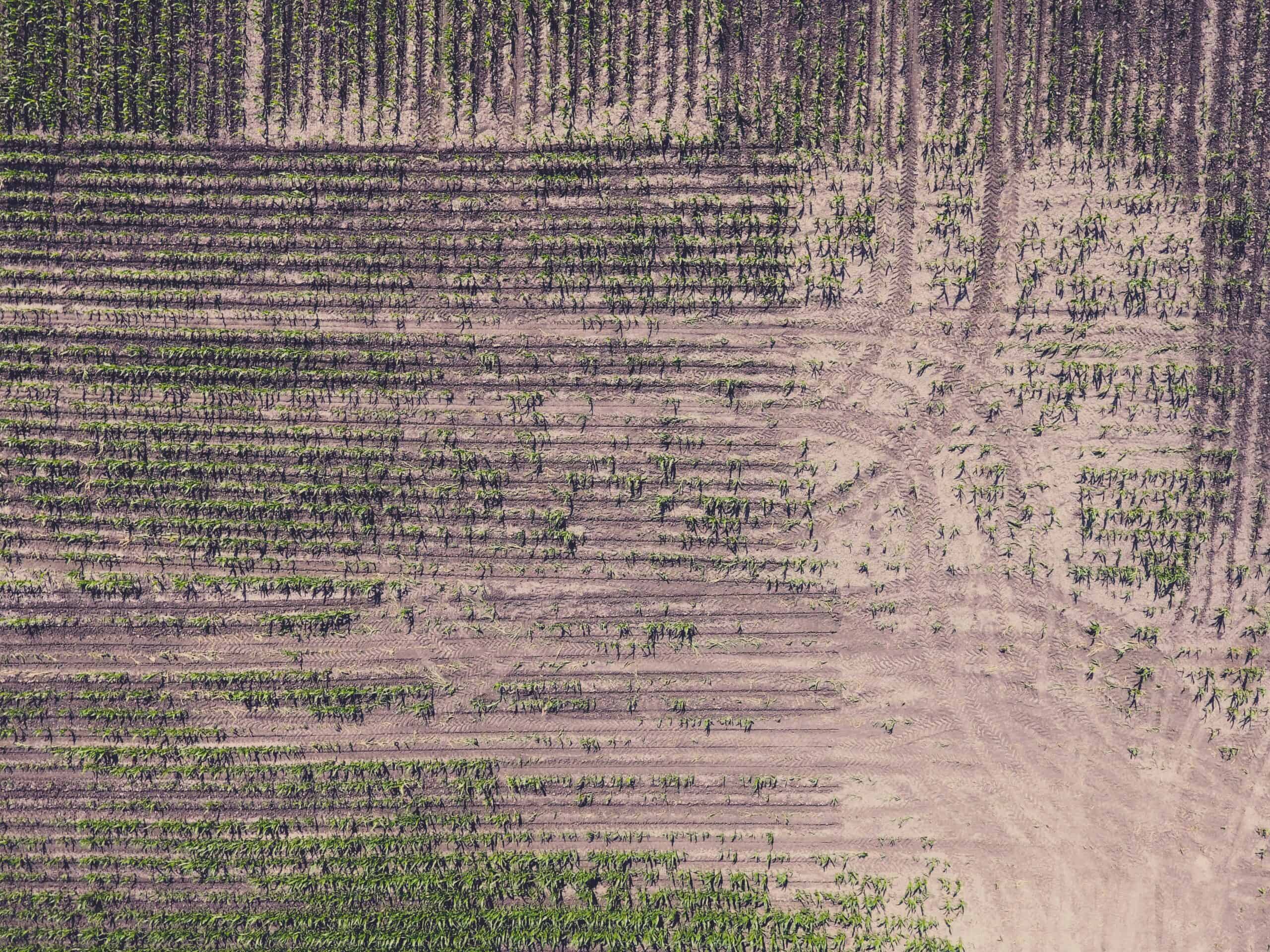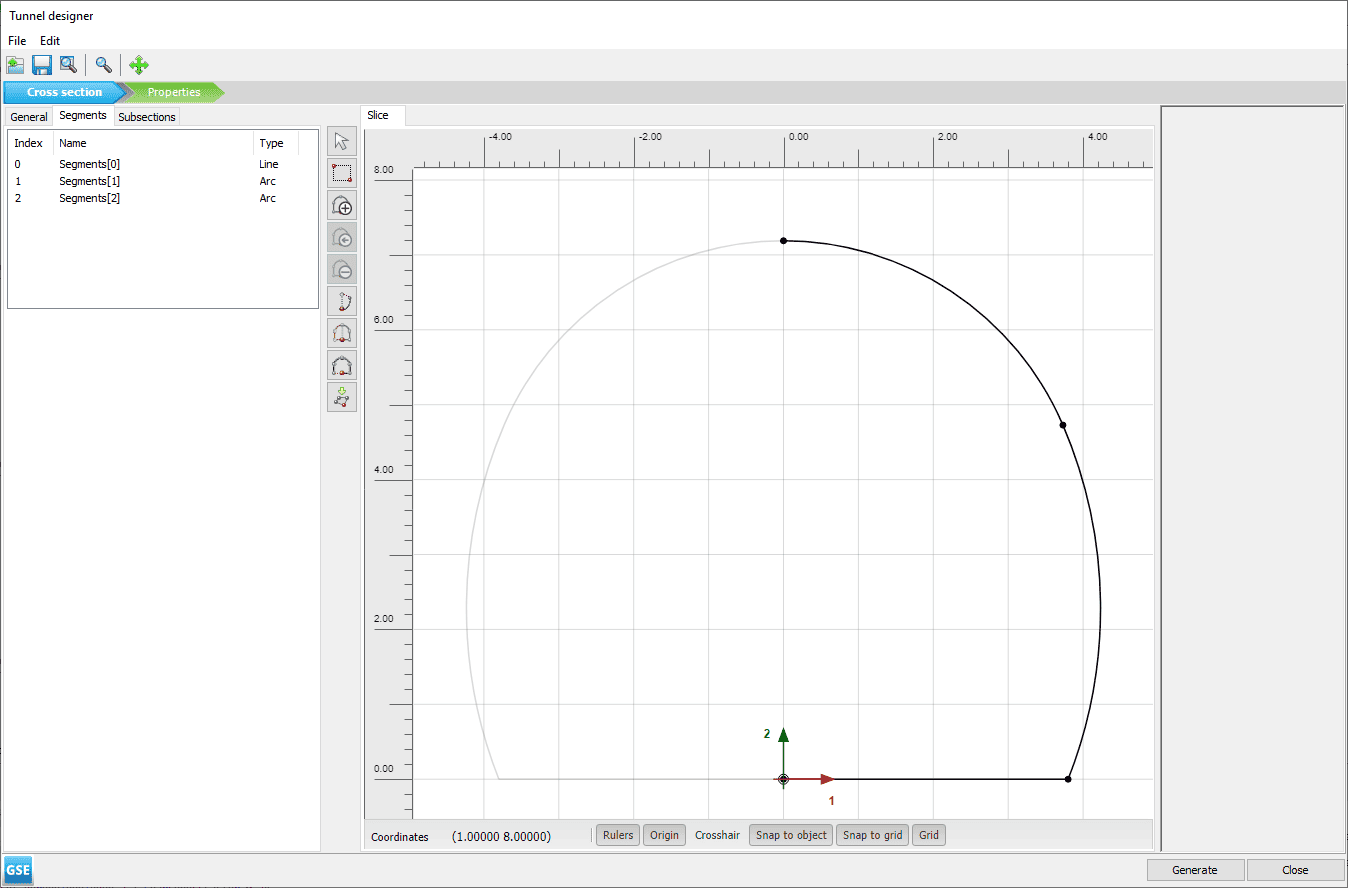This blog is a part of the series Tunnel your way to success with PLAXIS.
Underground construction is a complex endeavour. Leveraging rock masses as engineering materials requires overcoming many challenges. Any work needs to be carried out from within a heterogeneous, often anisotropic medium, with only limited visibility of what lies around. A good understanding of the geology and rock mass characterisation, including fabric and structural discontinuities, is critical.
For rock engineers, the ability to tap into connected geotechnical workflows becomes invaluable. The information that you need is likely scattered across multiple systems: geological models, drillhole and core logs, face mapping, laboratory test results, etc. Seequent’s suite of solutions provides a connected data environment where geologists and engineers can collaborate to gain an understanding of the underground conditions. This ‘big picture’ will then be the main input for all the analyses carried out in the area.
Figure 1. Cross-section of an underground mine exported for analysis
With PLAXIS, you can accurately simulate the mechanical behaviour of complex rock masses, ranging from massive, blocky to disintegrated or weathered rock. The effect of fabric discontinuities can be captured through equivalent continuum models such as Hoek-Brown with Geological Strength Index (GSI) for isotropic rock masses or Jointed Rock for the definition of multiple ubiquitous planes of anisotropy. Larger structures can be modelled explicitly with either discontinuity elements or regions of weaker material. Advanced rock models also enable the consideration of potential time-dependent effects, such as rock creep or swelling.
Modelling the behaviour of rock in underground settings also requires the definition of in-situ stresses, including not only overburden weight but also any locked-in stresses due to the site’s tectonic history. PLAXIS enables multiple alternatives for stress initialisation, including gravity loading, the K0 procedure for horizontal layers, or the field stress method, which enables the direct specification of principal stress directions and magnitudes for each domain.
Figure 2. Cross-section imported and meshed for analysis in PLAXIS 2D
The design geometry of underground spaces can also be imported from a modelling application, such as OpenTunnel Designer, or defined directly in PLAXIS. The PLAXIS Tunnel Designer enables the parametric generation of multiple underground geometries in 2D or 3D, including tunnels, caverns, shafts, cross-passages, and intersections. This parametric definition makes it easy to update the geometry in case of design changes. Tunnelling sequences and the staged construction mode enable you to model the excavation process, while also capturing the full history of stress changes on the rock mass.
Once both the geology and construction geometry are defined, a finite-element mesh can be quickly generated with PLAXIS’ enhanced mesh refinement, which automatically detect and reduce the size of elements around tricky spots, whilst allowing you to manually specify additional rules for refining/coarsening. PLAXIS’ higher-order elements accurately capture the actual curvature of geometric objects and enable the computation of realistic stress and strain gradients.
Figure 3. Expected ground displacements on cross-section
With PLAXIS, rock and tunnel engineers can effectively simulate the changes in stresses and displacements of supported and unsupported rock masses during construction. If unsupported stability or deformation conditions are not satisfactory, engineers will need to design ground support and reinforcement systems. This is something that we will discuss in our next blog.

